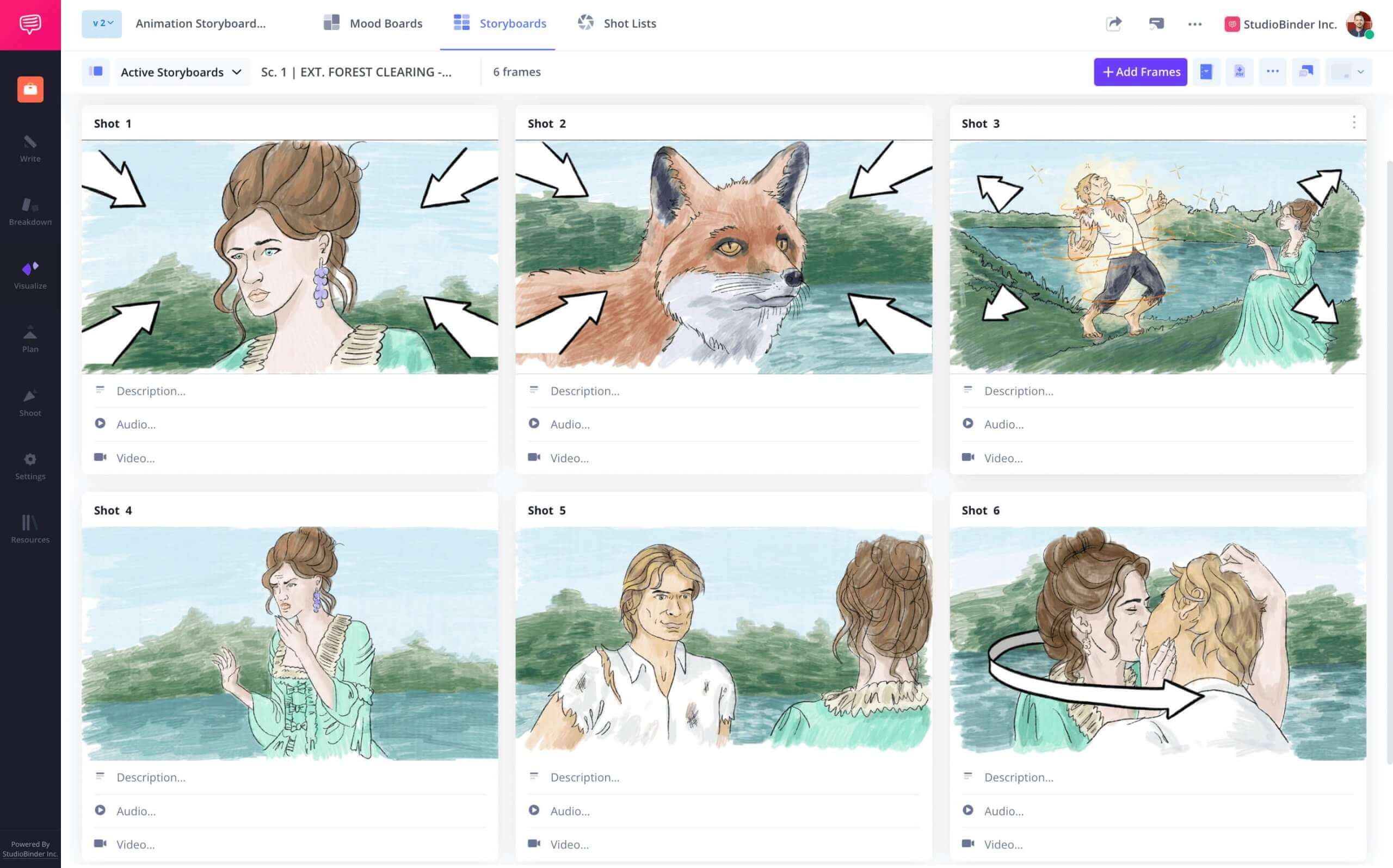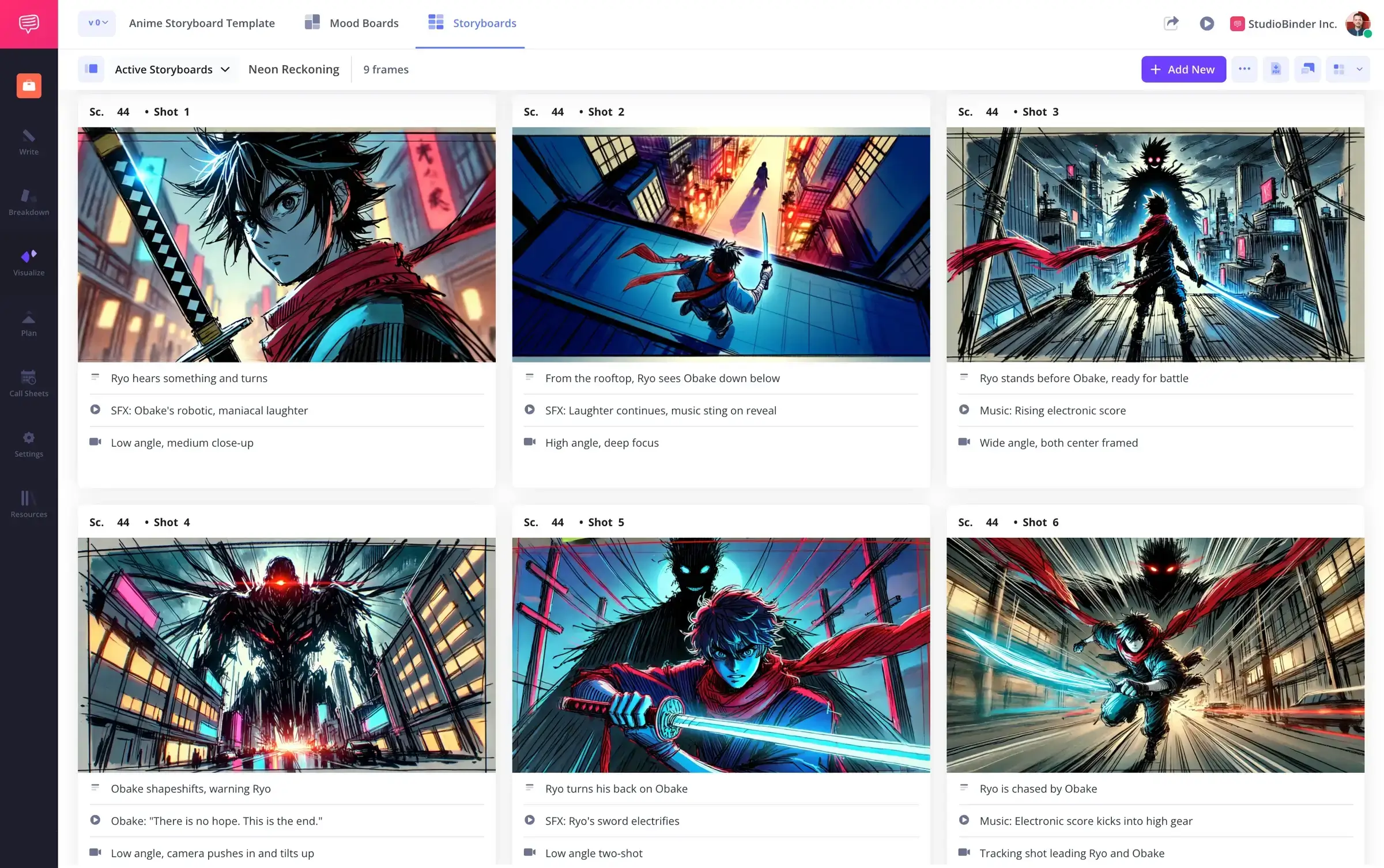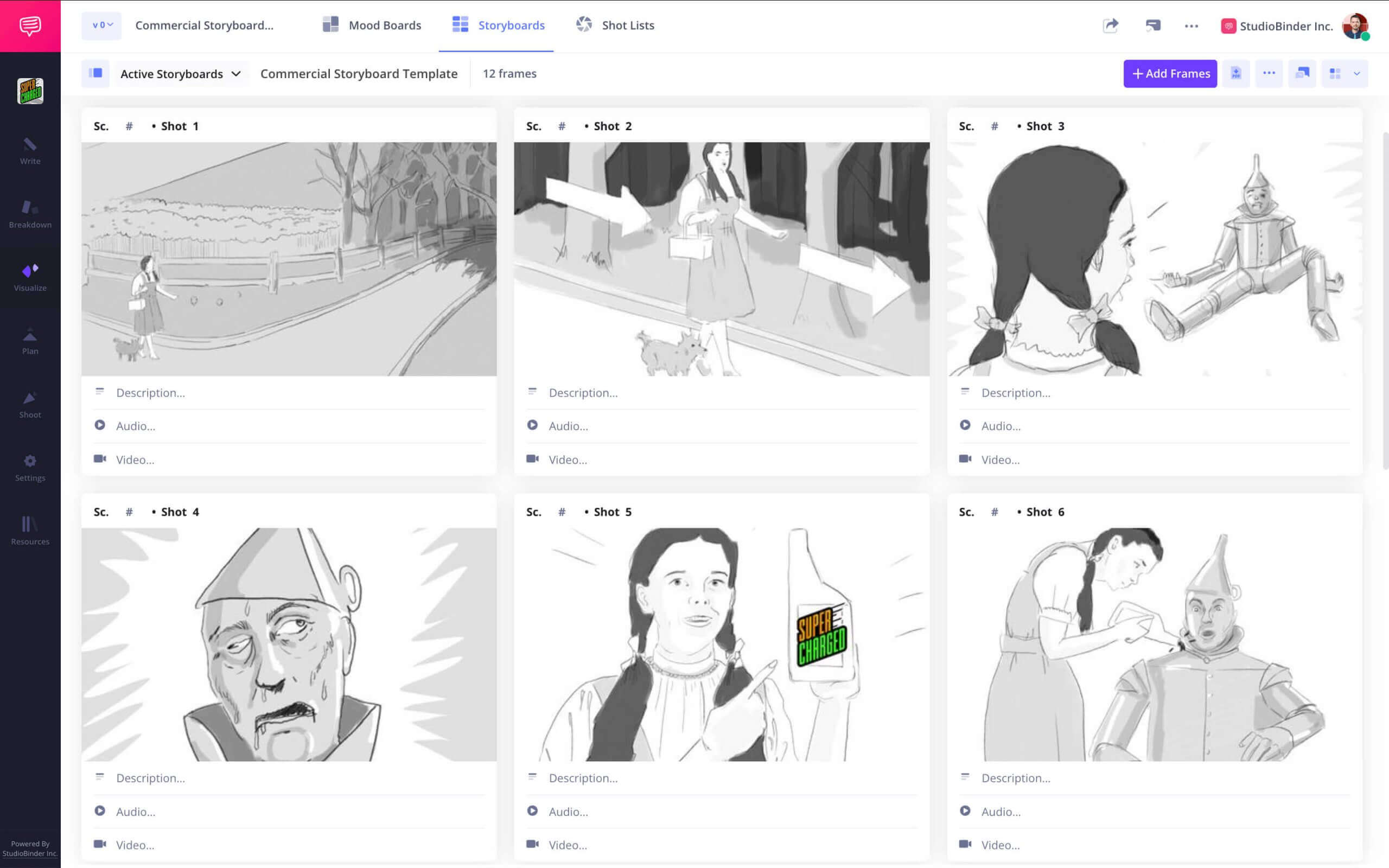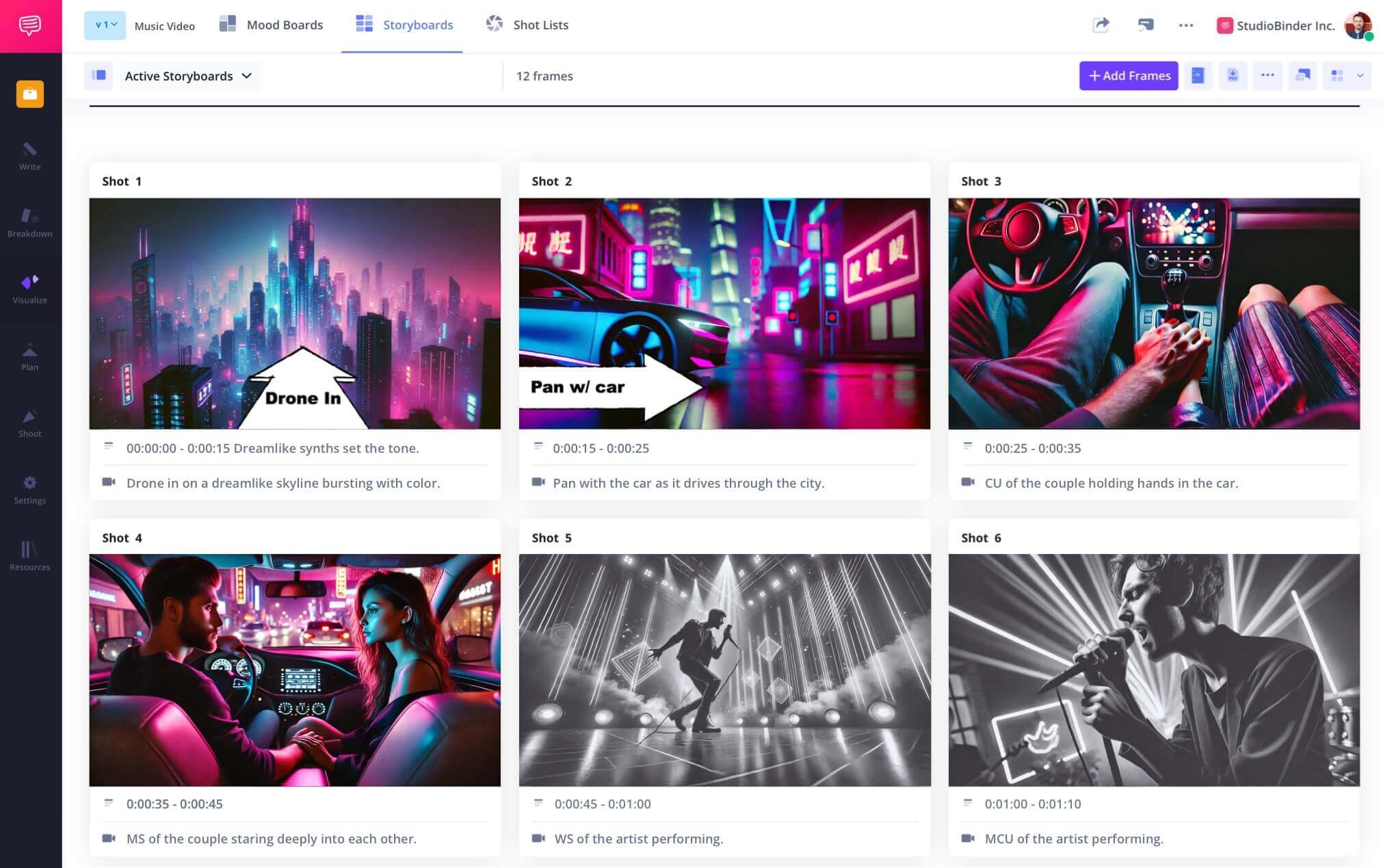Storyboard Free Software
Storyboards for every project
Bring your vision to life with storyboard free software inside StudioBinder’s all-in-one production platform.
Storyboard Builder
Plan storyboards and production together
Our best free storyboard software integrates seamlessly with shot lists, call sheets, and scheduling tools so you can move from concept to production without switching apps.
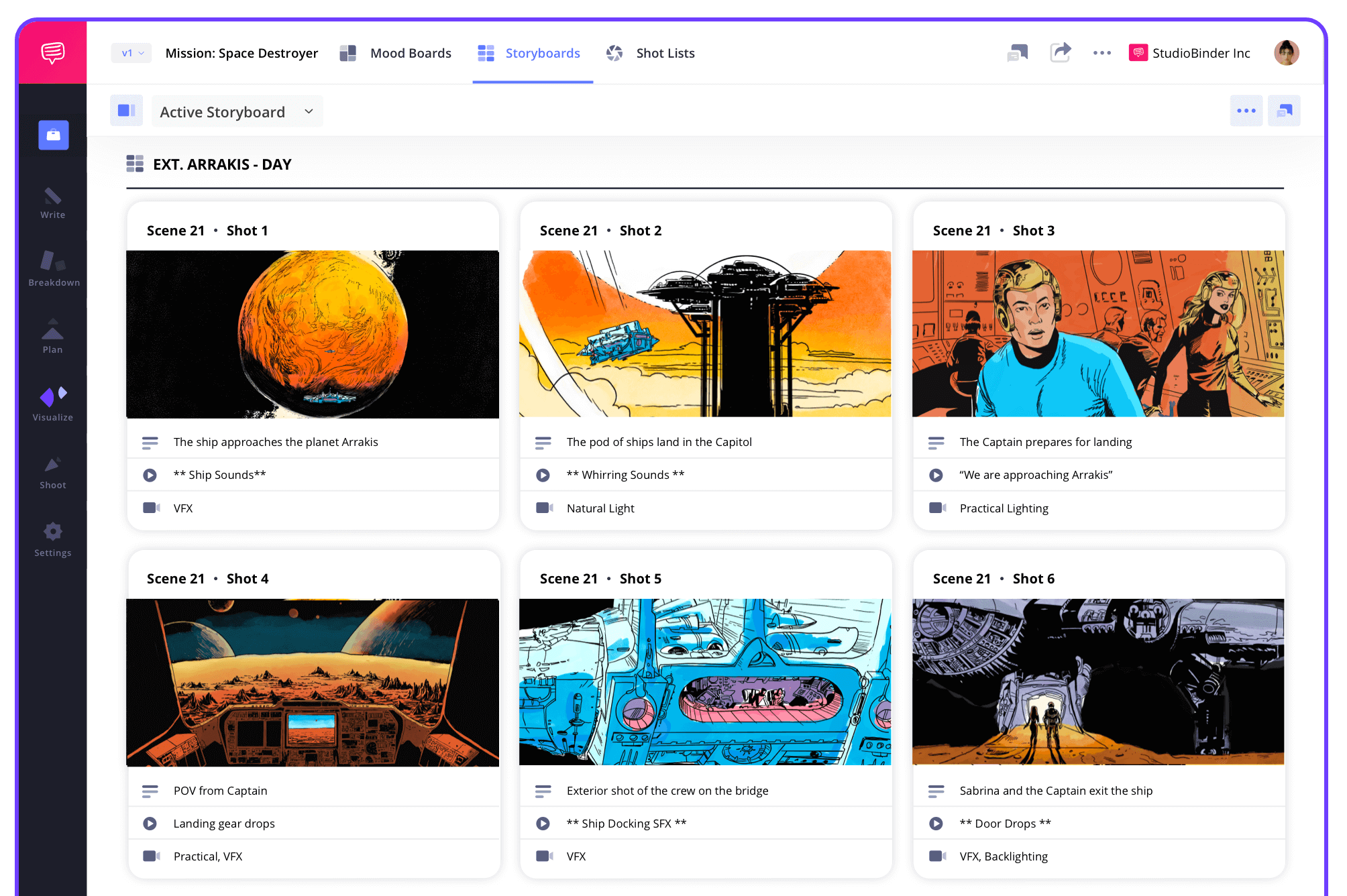
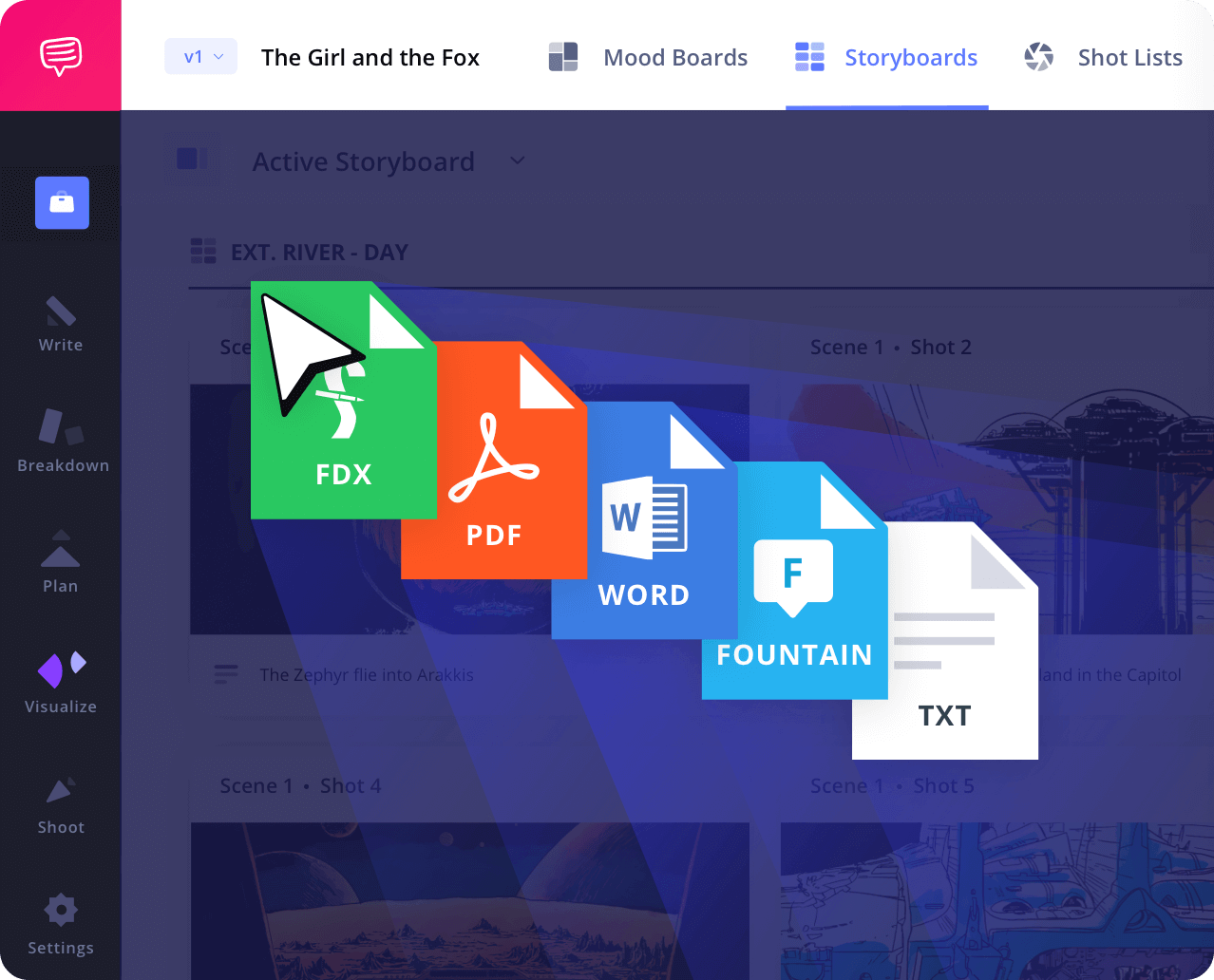
Script to Storyboard
Turn scripts into storyboards
Import any script or write directly in StudioBinder. The built-in sync will auto-generate storyboard panels for each scene, making free storyboarding software faster and easier to use.
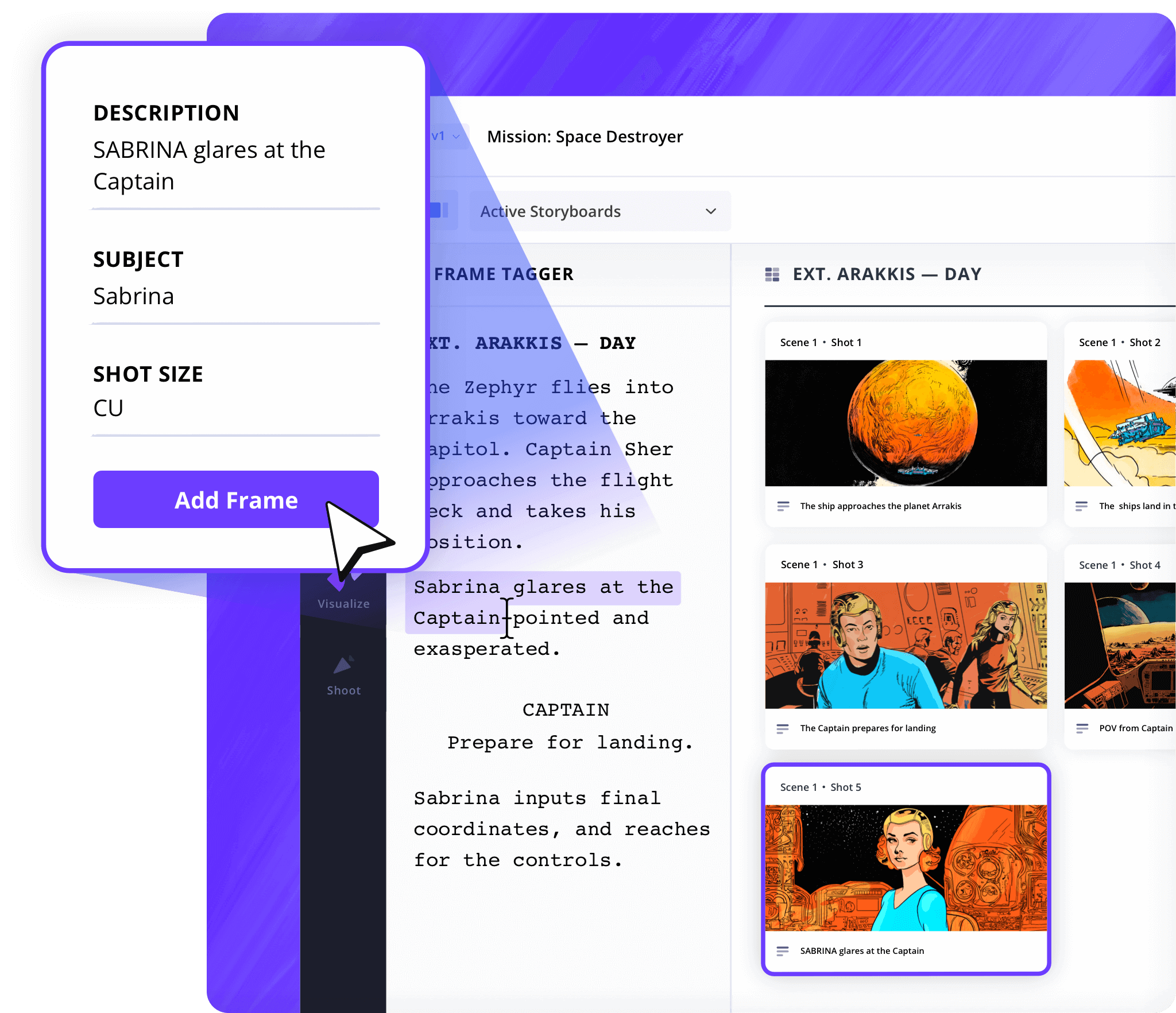
Shot Tagger
Create panels from your script
Select dialogue or action from your script to instantly make a panel. This workflow lets free storyboard animation software users link words to visuals effortlessly.

Shot Specs
Pick the right layout
Access pre-loaded shot specs that save time during the design process. Our free storyboard software gives you all the details to capture the perfect framing.
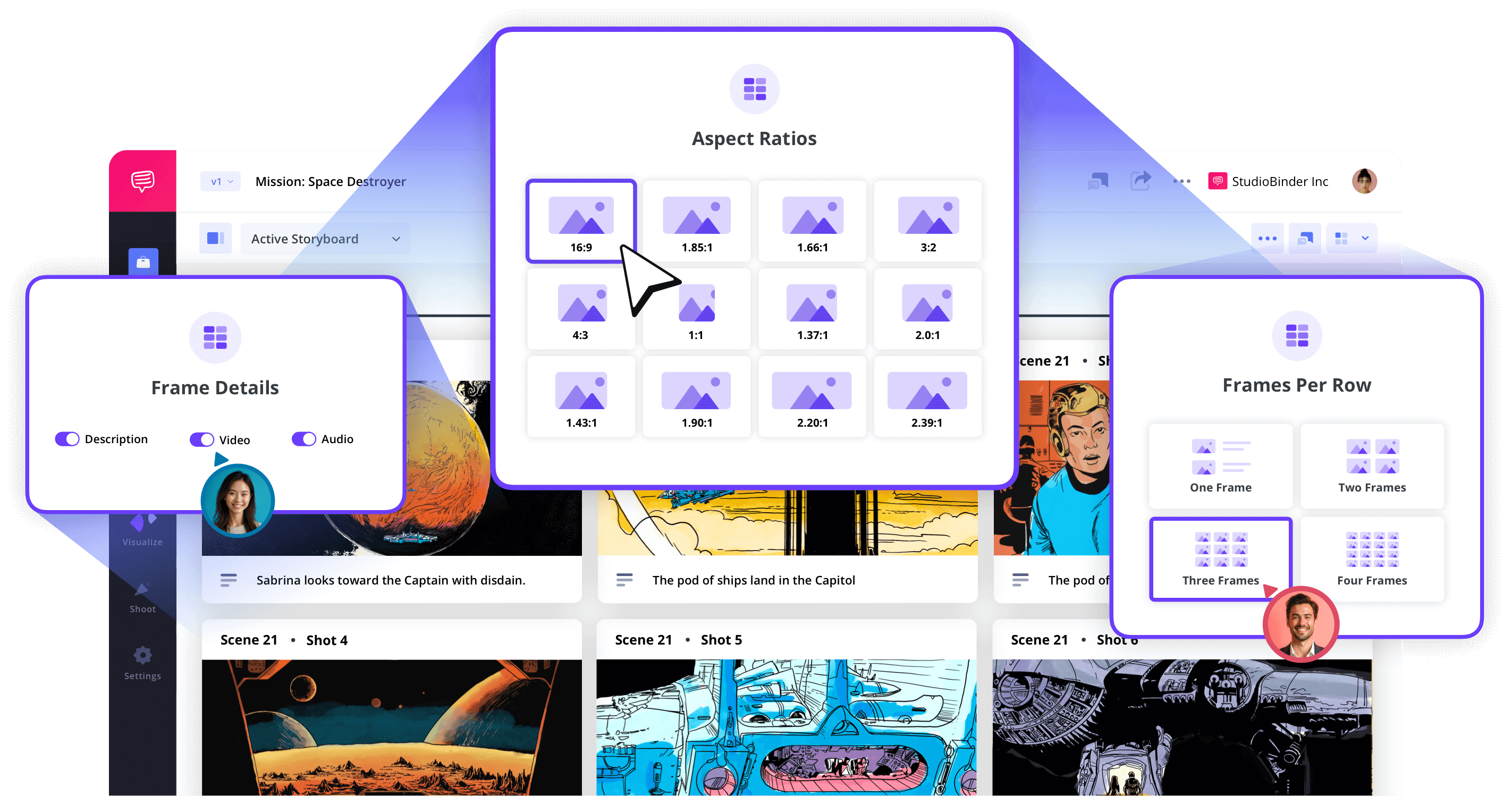
Image Editor
Enhance images with built-in editing tools
Sketch, upload, or scan images into your storyboard, then refine them with color correction, filters, and storyboard app style arrows for clear communication.
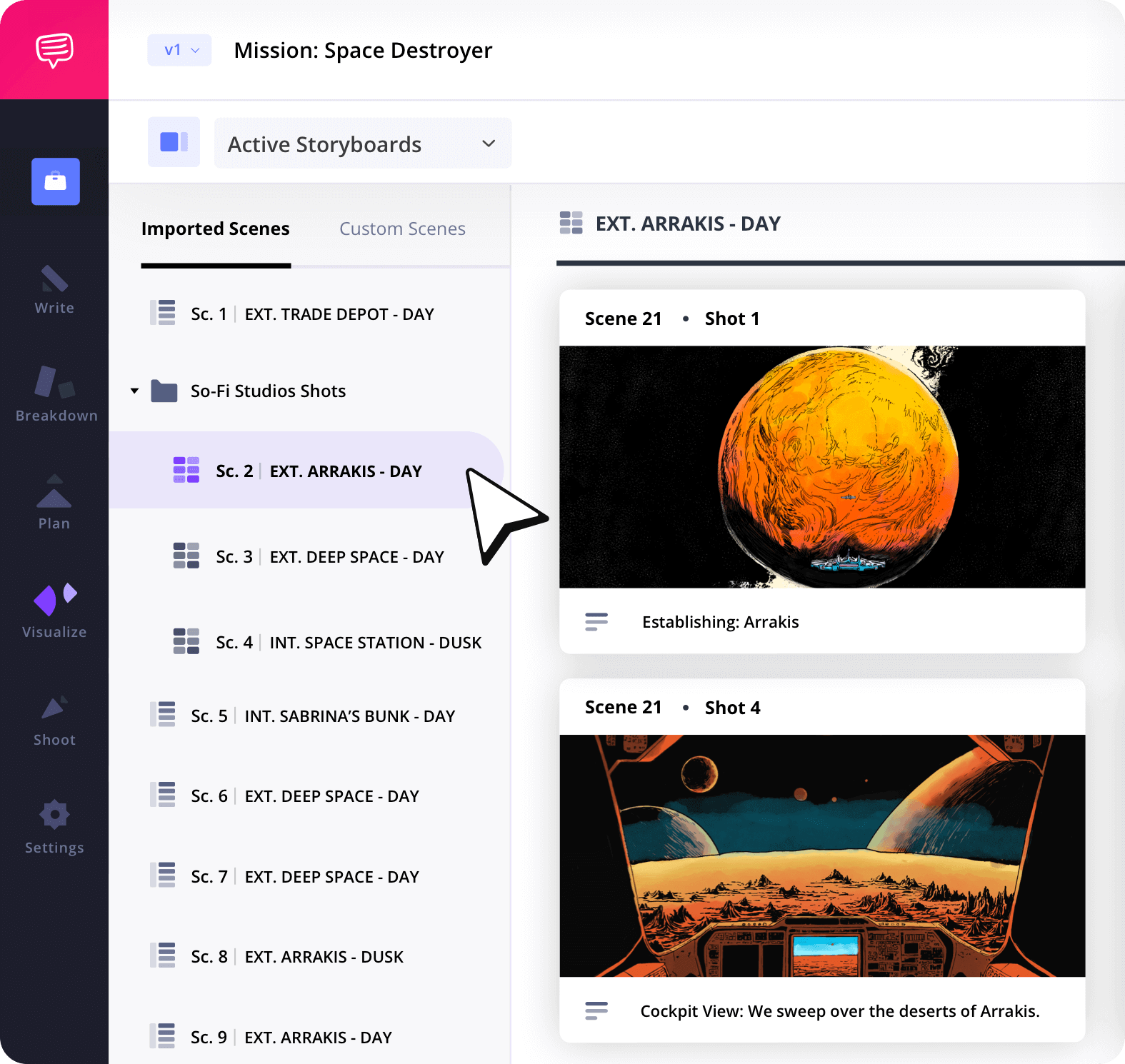
Storyboard Groups
Keep scenes organized
Group storyboard panels by location, shoot date, or status so your free storyboard app stays structured and easy to navigate for you & your team.
Collaborate
Work with your team in real time
Invite team members to upload panels, leave feedback, and annotate shots directly in your free storyboarding software workspace.
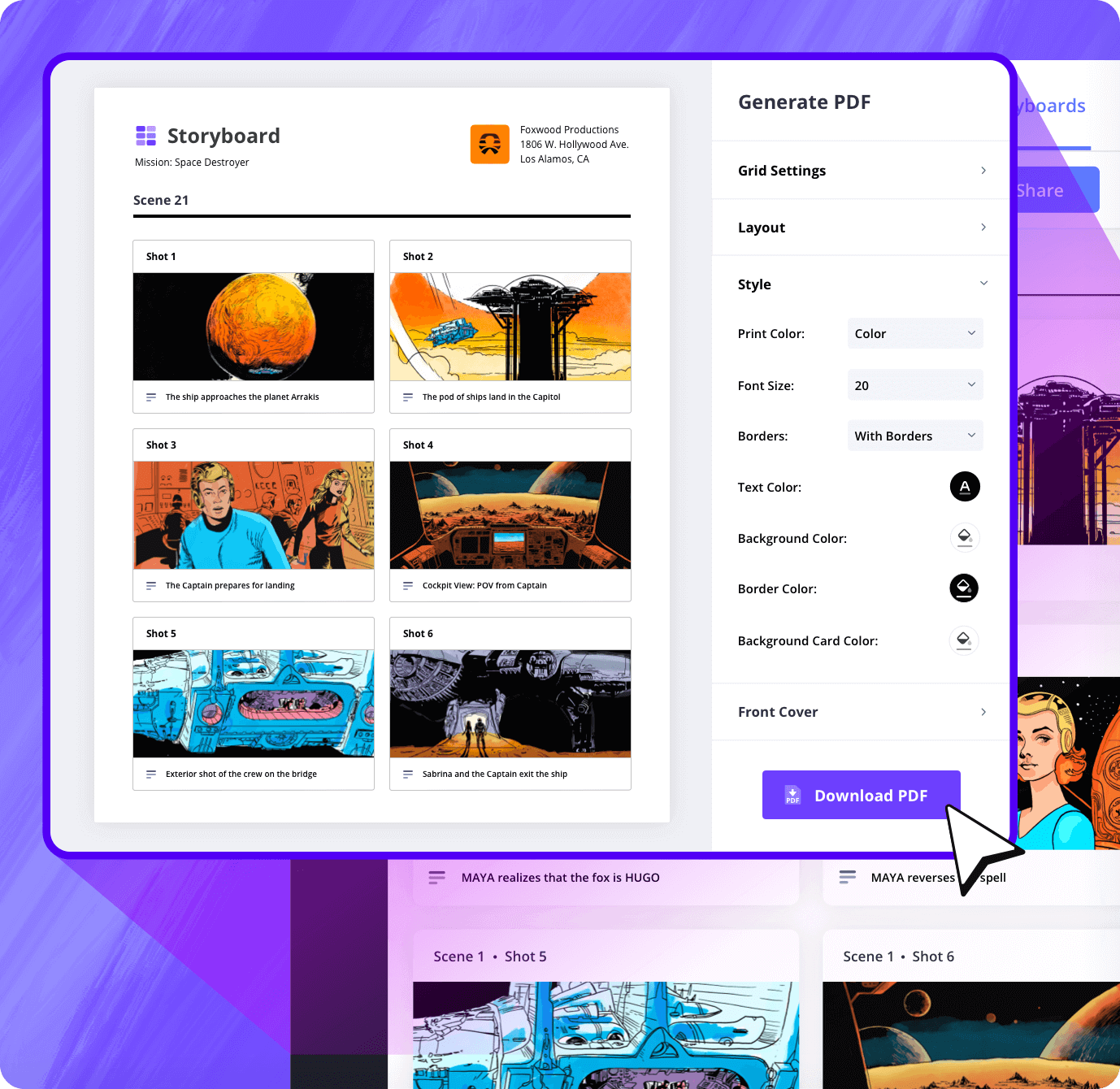
Customization
Export professional PDFs
When your storyboard is ready, export high-quality PDFs with custom layouts, branded covers, watermarks, and password protection.
Sharing
Share storyboards from everywhere
Send view-only links or give edit access so others can comment or adjust. The best free storyboard software works anywhere you have internet to avoid lags in your project's productivity.
Explore Features
More storyboard features
Aspect Ratios
Choose an aspect ratio that best suits your project.
Column Layouts
Adjust how many columns your storyboard will have.
Image Library
Reuse storyboard panels from previous projects.
Shot Numbering
Choose between digits, letters, or a custom shot numbering.
Storyboard Archive
Archive old storyboards to keep an accessible history.
Color-Code Shots
Label or call out specialty shots with colors.

What are the 8 steps in storyboarding?
Open StudioBinder on your browser.
Click on the Storyboards tab on the project homepage.
Choose to either import a script or create a storyboard manually.
Name the storyboard, set the aspect ratio, and select the number of frames.
Add an image to each frame from the Media Library or upload new images.
Edit your images with a suite of tools, including filters, text, and arrows.
Enter details, including the scene number, description, and notes.
Create a custom PDF, send a view-only link, or invite collaborators for feedback.
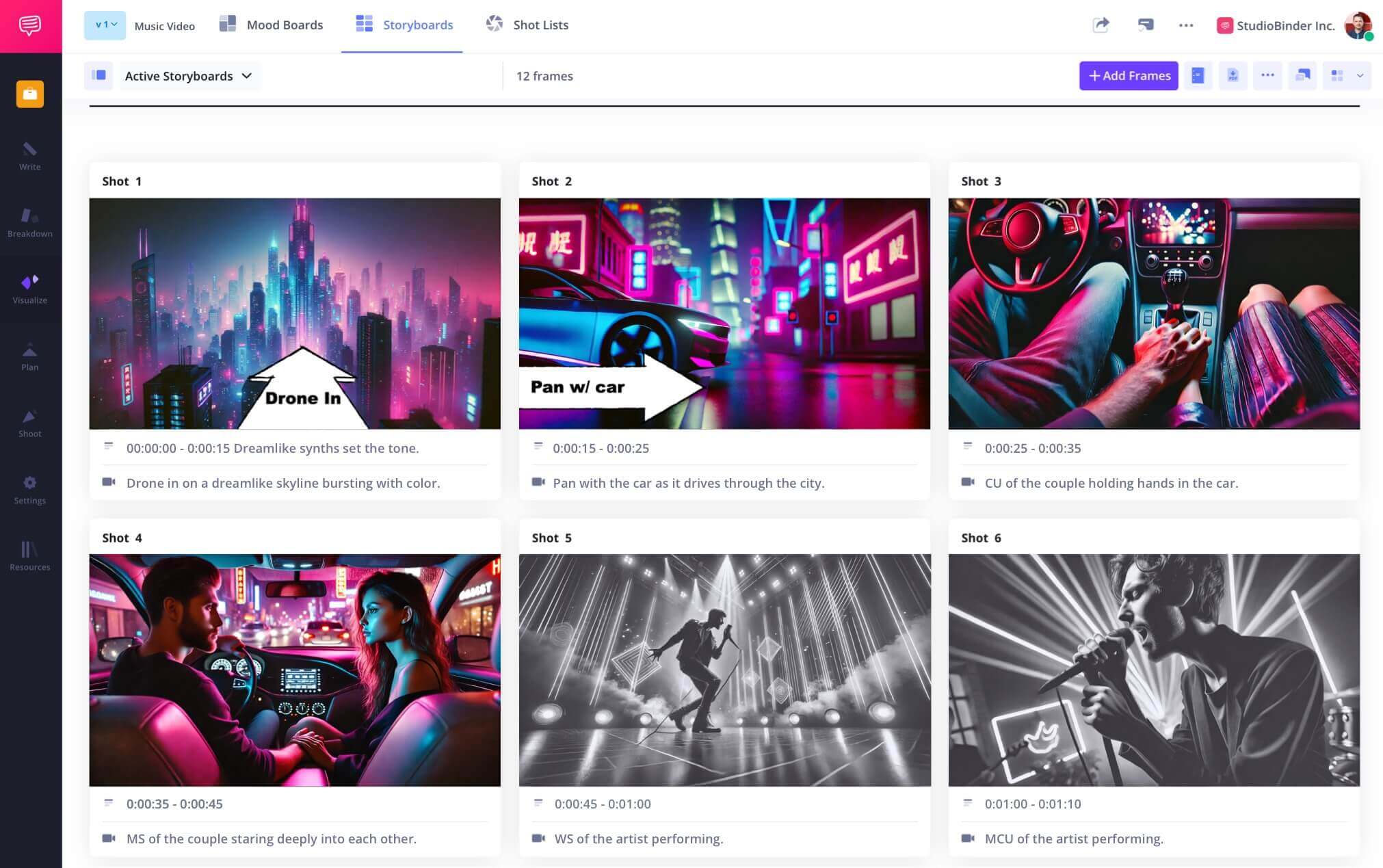
Frequently Asked Questions
Your questions, answered
StudioBinder is free to use. StudioBinder is and will forever be free to access and use whether you are on a Free, Teams, Education, or Enterprise account. However, there are additional features or content you get access to with paid subscriptions.
There are two primary methods for creating a storyboard: digitally or manually. Some people have strong preferences for their chosen method but at the end of the day, the finished product should be useful to you and your team. Here is a quick set of instructions for making a storyboard that works for either option.
- Start with a blank template
- Add your images and arrange them in story order
- Insert notes and descriptions for each shot
- Annotate with text and arrows for an extra layer of clarity
A script is the written blueprint for the story that includes settings, characters, actions, descriptions, and dialogue.
A storyboard is a visual representation of the story, with each shot represented in a single frame.
The storyboard is typically created after the script, but the process can happen simultaneously, especially in animation.
A storyboard can have as many frames as you want, and there is no minimum or maximum. When creating a storyboard using a template, a typical layout might include 3 or 4 frames per row and 4 to 5 rows per page, which makes approximately 12 to 20 storyboard frames per page.
A storyboard is a tool that can be made to fit your process. So, technically speaking, there are no storyboarding "mistakes" per se. But here is a short list of considerations that you might have otherwise had to learn the hard way.
- Don't storyboard every single shot, only the main setups.
- Don't storyboard every single scene. Skip the simple dialogue scenes and save your storyboarding efforts for the more complicated scenes/shots.
- Arrange your storyboard in story order, making it easier to follow along.
Customers
Trusted by the Best
Modernizing production workflows at renowned studios worldwide.
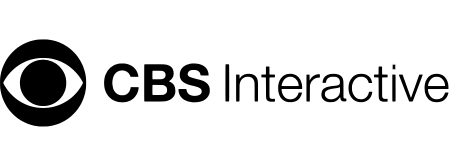



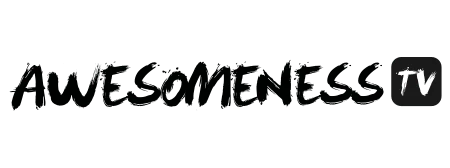





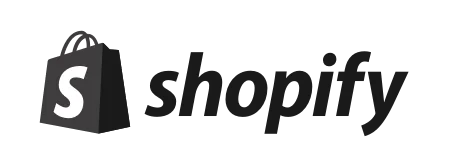

Today’s productions use StudioBinder to streamline their process, and collaborate on better content together.
"I can be a part of the conversation and see when someone finishes a task."
Watch Testimonial ➜
"StudioBinder makes pre-production that much quicker for out team."
Watch Testimonial ➜
"Call sheet confirmations have instantly made our life that much easier."
Watch Testimonial ➜
